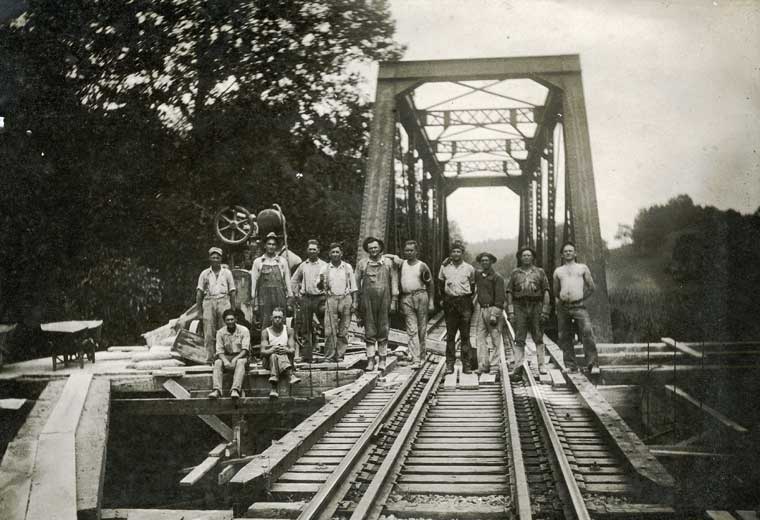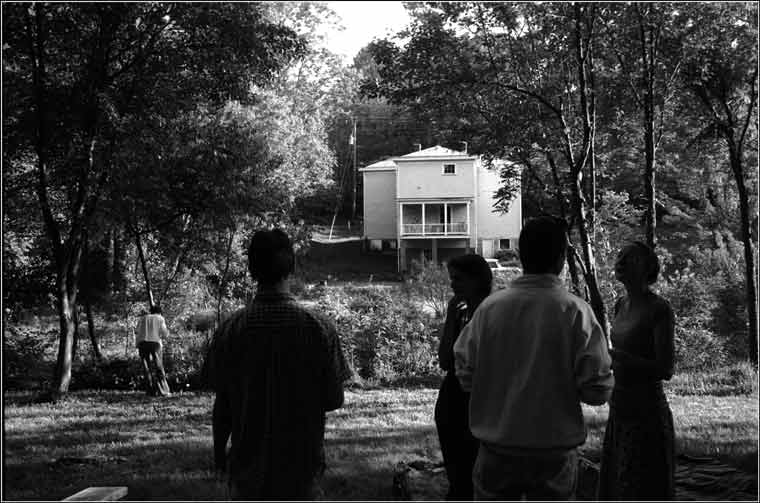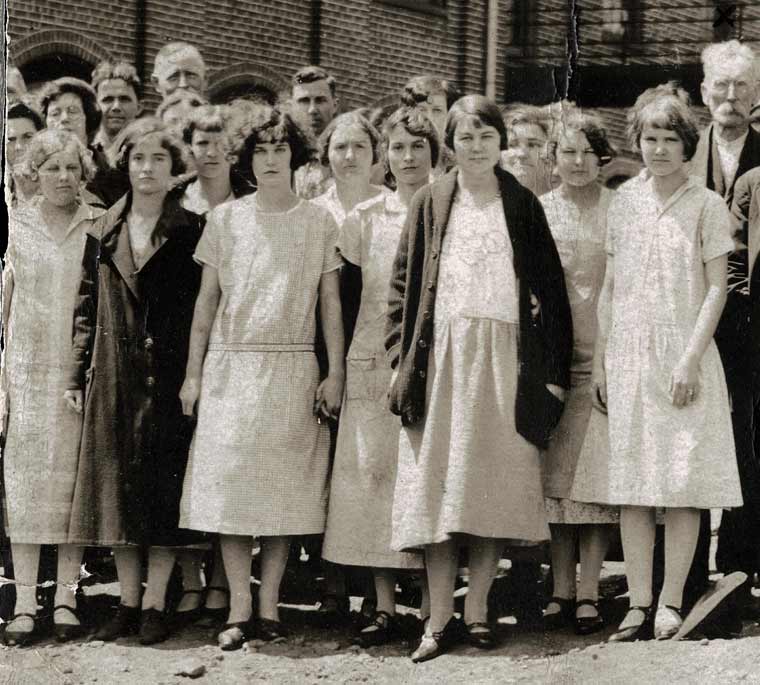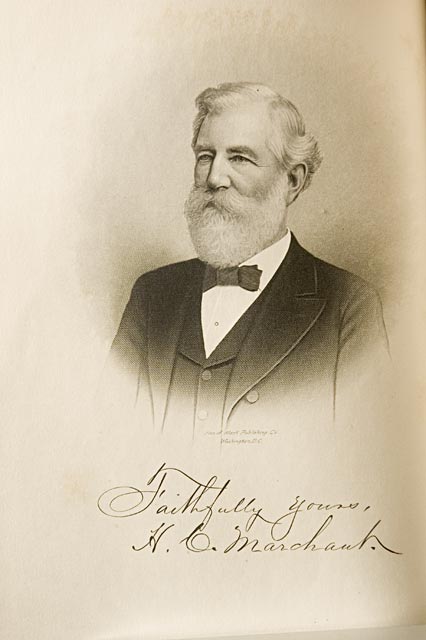Lot 4, Woolen Mills Road

photo courtesy of Schultz-Covert Collection
This photo was found recently in the house at 1809 Woolen Mills Road, located on lot 4 of the 1887 subdivision of land north of Woolen Mills Road (Albemarle County DB 88 Page 260). In 1920, according to the US Census, 1809 was inhabited by Athalia Spencer, her husband John and sons William and John.
A "J Shisler" is listed on the Woolen Mills payroll during the decade of the 20's. But in the year 1920 the census taker records John (53 y.o.) and John junior (19 y.o.) as railroad bridge carpenters.
Labels: railroad, WMRd people



